Arctic vessels and scale models
Artefact of the month – April 2023
With the summer and boating season beginning, it felt fitting to exhibit the Northern Fleet from the ethnographic collection of the National Museum of Finland, which includes watercraft and watercraft models from Alaska. These vessels have sailed to the museum’s collection over a period of about 200 years.
The oldest objects in the ethnographic collection are arctic kayaks and scale models. They were acquired in the early decades of the 19th century, at a time when the Russian-American Company was consolidating its colonial power in what is now Alaska.
Fast kayaks were an essential tool for the indigenous peoples of the Alaskan islands and coasts in hunting marine mammals – they were a prerequisite for livelihood and life. The kayaks were considered as living creatures, and many rituals were involved in hunting sea animals.
The Etholén Collection
The Finnish Vice Admiral A.A. Etholén, who worked for the Russian-American Company for decades, acquired a collection of hundreds of objects from the peoples of Alaska. In addition to numerous models, the collection includes a one-seater kayak (VK228) from the Aleutian Islands. The frame, which is more than five-and-a-half metres long, is made of larch tied with baleen, the deck is sewn with tendon string from three sea lion hides and the opening features a cover made of marine mammal bowels. It is a vessel perfectly designed and manufactured for its environment, local conditions and user needs.
The kayak was presented in a touring exhibition of the Etholén collection in the early 1990s in Alaska, where the local communities could examine it. It has also been used as a model by kayak builders, and replicas of it have been made in at least Canada, Norway and Finland.
Photo 1: The single-hatch Aleutian kayak from Etholén's Alaska collection was last exhibited at the Arctic Spirit exhibition at the National Museum of Finland in 2019. Soile Tirilä, Finnish Heritage Agency.
Photos 2 and 3: Anders Thygesen and Ivar Finneid preparing the kayak VK228 for a 3D scan to make a replica. Museum of Cultures, 2013.

Two-hatched kayaks have a seat for a harpoon thrower and a paddler. They were used to hunt sea otters and even whales. Kayaks with three hatches have also been made. According to stories, the middle seat could have been given to a colonial official, a trapper or a traveller. The National Museum of Finland does not have one of these larger kayaks in its collection, but one of the several models depicts a three-hatched kayak, carrying a stranger in a top hat.
Photo 4: The two-hatched kayak (VK5987:1) was made before 1850, but its origin is not completely certain. It was originally acquired from Alaska for the collection of the museum of Svenska klassiska lyceum i Åbo, which was collected by Finnish seafarers. Finnish Heritage Agency.
Photos 5 and 6: Models of three-hatched kayaks with two-headed bows (VK110, VK5463:8) that were made by the Alutiiq, also known as Pacific Eskimos. They developed the three-seater kayak during the Russian regime. Matti Huuhka, Finnish Heritage Agency.
The collection also includes a large number of other Alaskan kayak models. Some of them are exact replicas of large kayaks, including paddles, hunting weapons and clothing. Some are carved from walrus bone or teeth.
These elaborate models were made for many purposes: they were used to teach young boys about building and using kayaks, they were included in ceremonies and rituals, such as weather-predicting, and they could even be used as toys.
The colonisation of Alaska gave the models yet another use as souvenirs and collectibles. The local livelihoods and cultures began to shift as Russians and other outsiders started to travel in the indigenous land and water areas, and different miniature sculptures and models were now made for exchange and sale with visitors. During the Russian regime, kayak models became popular among Europeans, and even Finns such as the civil servant Etholén, the priest Uno Cygnaeus and the sea captain Axel Gustaf Juselius acquired them for their collections. One miniature model (VK1008) is known to have been purchased at the Sitka Market Square.
Photos 7-16: Markku Haverinen, Ilari Järvinen, Matti Huuhka / Finnish Heritage Agency.
Most of the object acquisitions in the ethnographic collection of the National Museum of Finland were connected to colonialism. At the time of the acquisition of the early Alaskan objects, Finland, like Alaska, belonged to Russia, and the Greenlandic kayak in the National Museum's collection was purchased by a colonial official, H. Lindow, who was a Danish settlement inspector. Lindow and other royal inspectors were the highest-ranking officials of the Danish-occupied Greenland from the late 18th century to the early 20th century.
According to the cataloguing information from 1923, the kayak (VK5023:1), which Lindow donated to the National Museum of Finland along with a larger collection of objects, is from Western Greenland but, judging by its lines and low deck, it might also be from Eastern Greenland. Lindow was an inspector for Northern Greenland from 1913 to 1924. A replica of this kayak is also being planned, and research into it will continue.
Pilvi Vainonen
Photo 17: A Greenlandic kayak (VK5023:1) being prepared at the storage facility of the Finnish Heritage Agency for transfer to the Vantaa Collection and Conservation Centre. Next to it is the side of an Alaskan kayak (VK5987:2), which is in poor condition. Finnish Heritage Agency.
Photo 18: Mikko Loikkanen and Henric Bladh examining a Greenlandic kayak at the Finnish Heritage Agency's Collection and Conservation Centre. The kayak includes a paddle and a canvas that was likely used as a hunting curtain and erected on the fore deck of the kayak. Pilvi Vainonen, National Museum of finland.
Sources and reading
Cunningham Christopher, 2002. Building the Greenland Kayak : A Manual for Its Construction and Use. International Marine/Ragged Mountain Press.
Dyson George, 1986. Baidarka: The Kayak. Alaska Northwest Books.
Freuchen Peter, 1958 (1936). Nuoruuteni Grönlannissa. WSOY.
Golden Harvey, 2015. Kayaks of Alaska. White House Grocery Press.
Rousselot JeanLoup, William Fitzhugh and Aron Crowell, 1988. Maritime Economics of the North Pacific Rim. In: Crossroads of Continents, eds W. Fitzhug and A. Crowell, Smithsonian Institution Press, Washington, D.C.
Varjola Pirjo (ed.), 1990. The Etholén Collection. The ethnographic Alaskan collection of Adolf Etholén and his contemporaries in the National Museum of Finland. National Board of Antiquities of Finland, Helsinki.
***
Arvid Adolf Etholén, https://fi.wikipedia.org/wiki/...
George Dyson, The Floating World
“Best-selling author and science historian George Dyson spent his youth living in a treehouse on the water's edge outside of Vancouver, British Columbia, building aluminum-frame kayaks based on the traditional Aleut design known by the Russian term "baidarka". In this short documentary, Dyson discusses his years living in Canada and traveling by sea kayak along the Inside Passage. We follow him as he gives a presentation on traditional kayaks at the Alaska Native Day celebration at Fort Ross, California, an historic early 19th century Russian settlement.”
Kajakkspesialisten, kajakkspesialisten.no
"Here you will find a lot of information on Greenland and
traditional kayaks, on kajakkbuilding and paddlemaking and in the
webshop you will find all the Norwegian Wood Paddles made by
kayakbuilder and paddlemaker Anders Thygesen."
Cape Falcon Kayak, capefalconkayaks.com
Three-Hatch Kayak Model, Hood Museumm, https://hoodmuseum.dartmouth.e...
Thanks
Mikko Loikkanen, Henric Bladh
Tuomas Toivonen
Pirjo Varjola
-
2024
-
2023
-
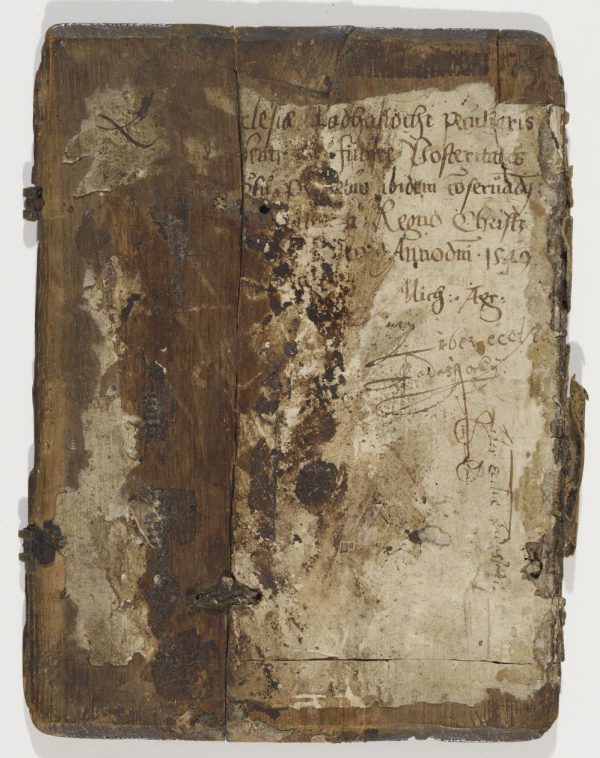 Book cover
Book cover
-
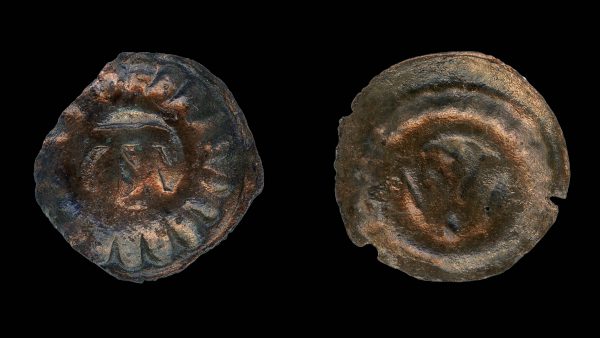 Pennies found in Häme Castle
Pennies found in Häme Castle
-
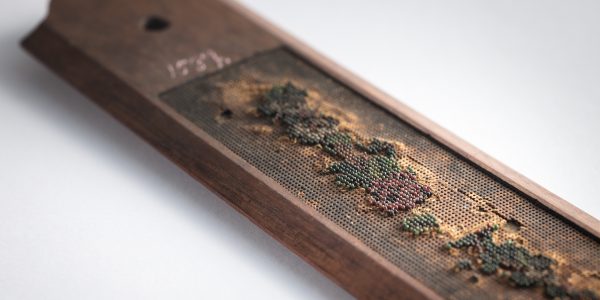 Ruler received by Aleksis Kivi as a consolation gift
Ruler received by Aleksis Kivi as a consolation gift
-
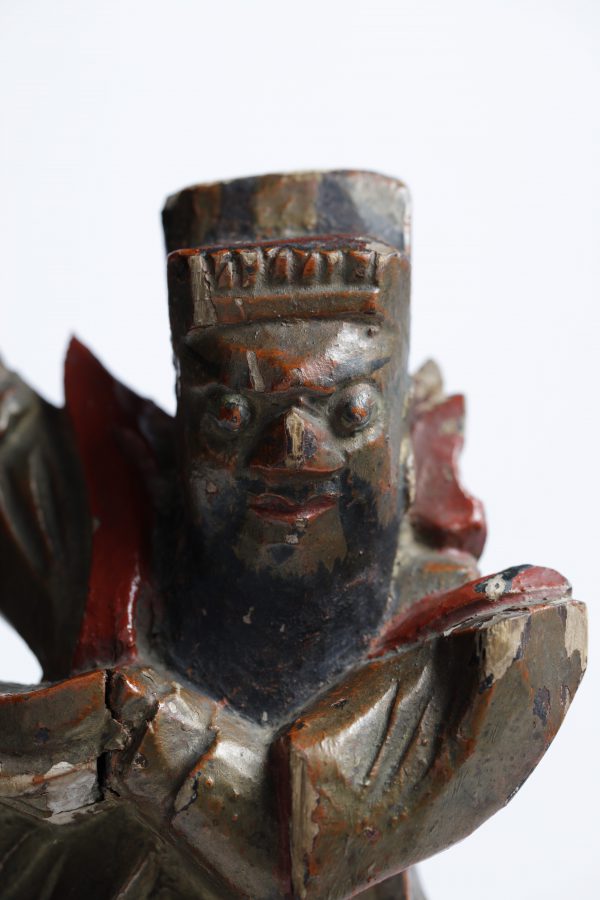 Caishen, god of wealth
Caishen, god of wealth
-
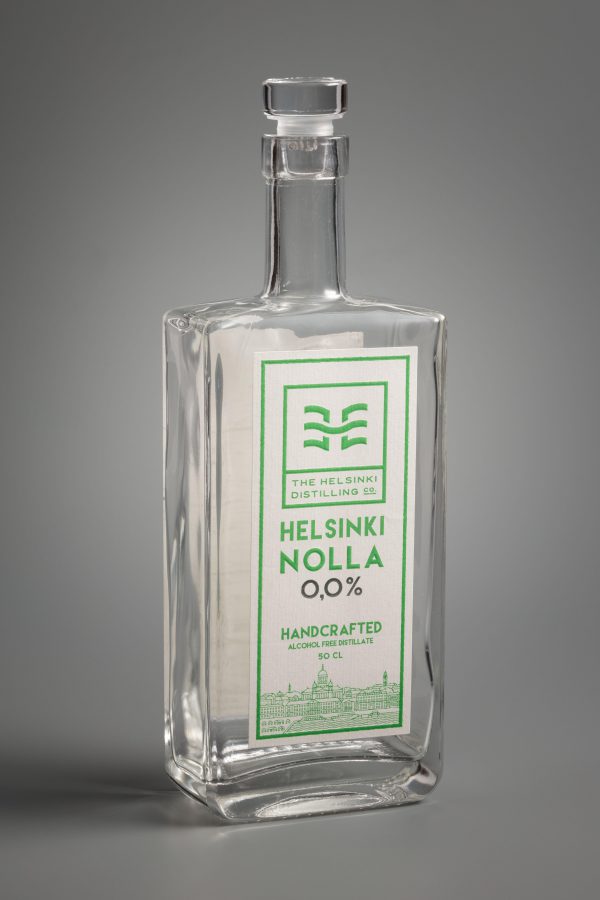 Sober curious phenomenon
Sober curious phenomenon
-
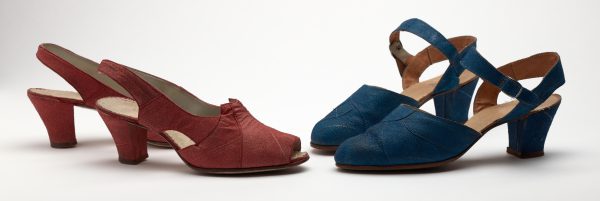 Summer shoes made of fish leather
Summer shoes made of fish leather
-
 Book briefcase of the Finnish Seamen's Service
Book briefcase of the Finnish Seamen's Service
-
 Nyytinkirukki lace pillow
Nyytinkirukki lace pillow
-
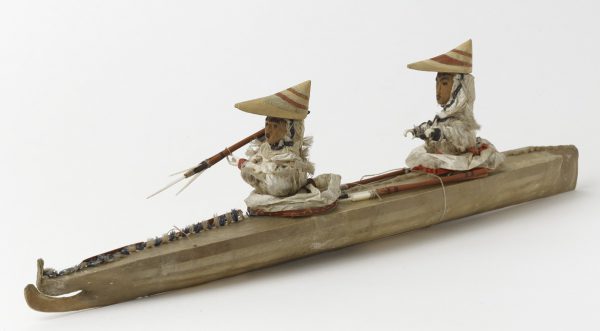 Arctic vessels and scale models
Arctic vessels and scale models
-
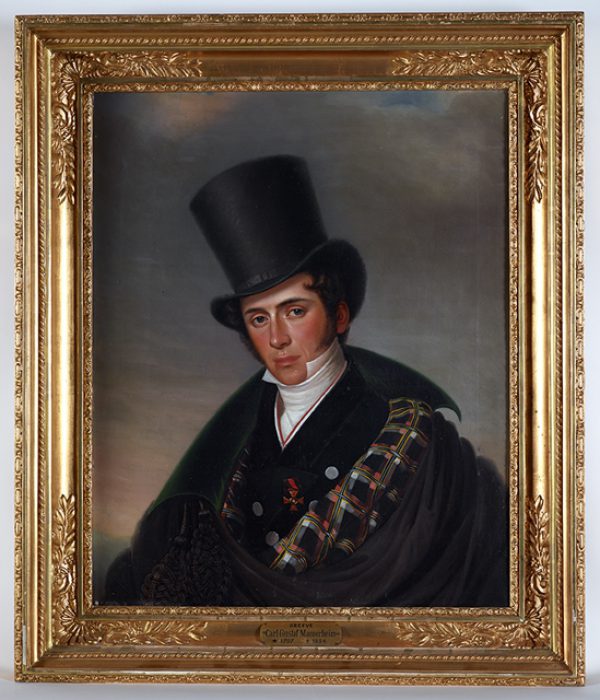 Portrait of a young dandy: Carl Gustaf Mannerheim
Portrait of a young dandy: Carl Gustaf Mannerheim
-
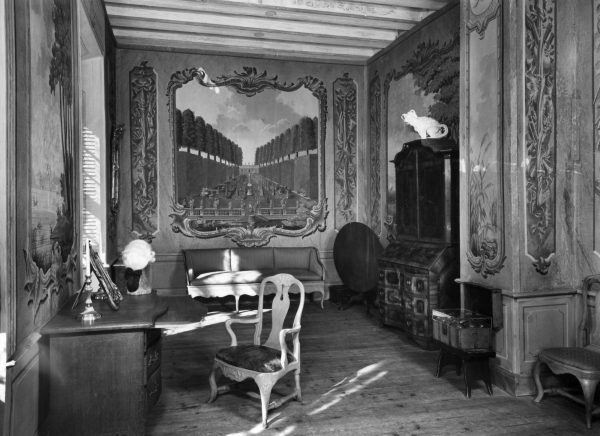 Painted Wall Covering in the Devil’s Chamber
Painted Wall Covering in the Devil’s Chamber
-
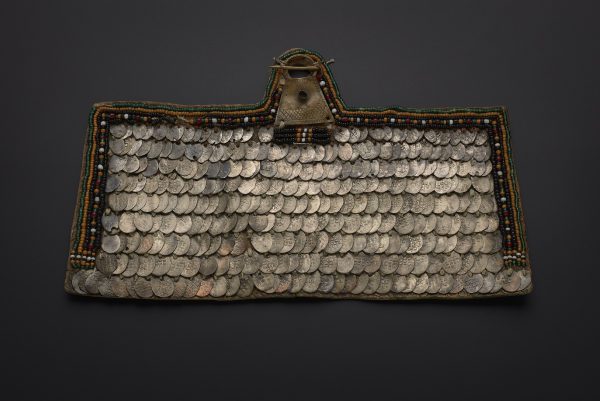 Šerkämä – Women’s brooch
Šerkämä – Women’s brooch
-
-
2022
-
2021
-
2020
-
2019
-
2018















